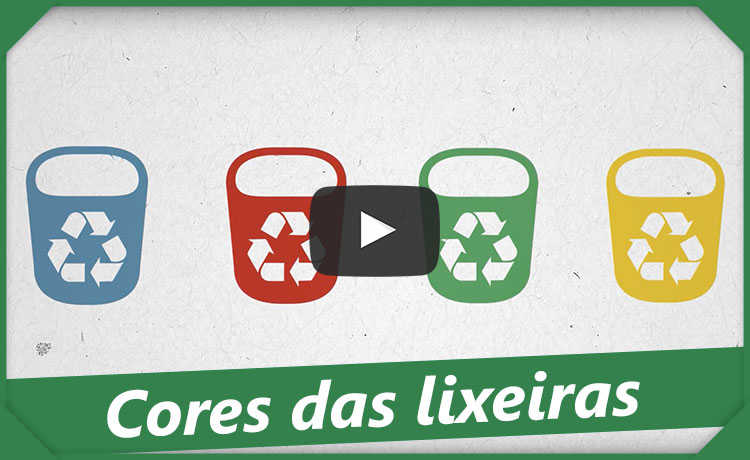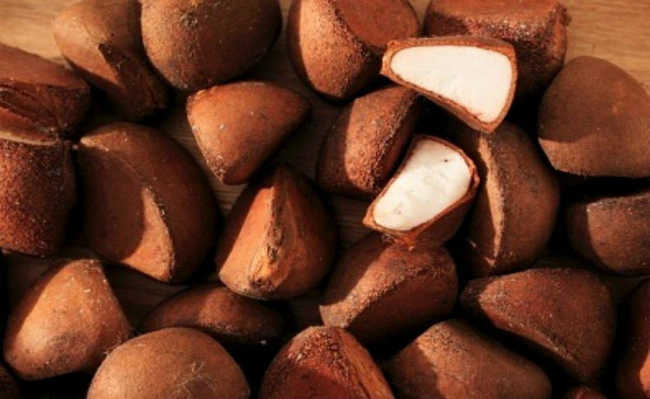Does the color of the PET bottle matter?
PET bottle color can influence recycling efficiency

Edited and resized image by Steve Johnson is available on Unsplash
The PET bottle, or PETE, is an item present in the routine of most Brazilians, as it is used to pack a variety of liquids, including medicines, water, juice and carbonated drinks. But what not everyone realizes is that the color of the PET bottle purchased can influence the efficiency of its recycling. Understand:
PET bottle history
PET is a type of thermoplastic resin from the polyester family. It is widely used as a synthetic fiber, packaging raw material, and engineering resin, in combination with fiberglass.
Patented in 1941 by workers at the Calico Printer's Association, in Manchester, England, PET was used for the first time by the company DuPont, for textile purposes, in the early 1950s. But it was only in the early 1970s that the chemical compound began to be used in the manufacture of packaging.
- Environmental impacts of textile fibers and alternatives
In Brazil, PET arrived in 1988, also for applications in the textile industry. From 1993 onwards, it began to be used in the manufacture of beverages and, due to its low production costs, practicality and lightness, it quickly replaced the returnable glass bottle, which was quite common at the time.
Environmental impacts
Plastic, including PET from bottles, is one of the main pollutants in the oceans. In some regions known as ocean gyres – large systems of “circular” sea currents that function as vortices and are related to large wind movements – pollution is so great that some environmentalists claim that plastic has already become part of the ocean's composition. Similar situations can already be seen in other places in the world, such as the Great Lakes region, on the border between Canada and the USA.
The PET bottle is not the only source of plastic that ends up in the oceans, ghost fishing and other major sources contribute to this type of pollution. Learn more in the articles: "Water pollution: types, causes and consequences" and "What is the origin of the plastic that pollutes the oceans?".
What aggravates the problem is that there may be generation of microplastics. These small particles, smaller than five millimeters, have the ability to absorb toxic chemical compounds such as persistent organic pollutants (POPs). When ingested by an animal, the microplastic can either kill by suffocation or poisoning by POPs.
- There are microplastics in salt, food, air and water
Intoxication caused by POPs is bioaccumulative and biomagnified, which means that when feeding on an intoxicated animal, the predator also suffers from the same problem. It is a serious problem that can affect both people, who can feed on contaminated fish, and the environment, which can cause an imbalance in the food chain. Learn more about this topic in the article: "Understand the environmental impact of plastic waste on the food chain".
Recycling
The recycling chain plays an important social role in Brazil. It is a branch that involves several cooperatives and poor people who make the collection and sale of recyclable materials their main, and in many cases, their only source of income.
Even so, the situation regarding the disposal of this type of product is worrying. Studies that analyze this market point to several problems. First, because 80% of recycling companies are concentrated only in the Southeast region.
In addition, according to the Brazilian Association of the PET Industry (Abipet), around 51% of the discarded product is recycled annually (last sense of 2016). A low number, compared to the recycling of aluminum cans, which, according to data from the Brazilian Association of Manufacturers of Highly Recyclable Cans (Abralatas), is already over 90%, a rate higher than that of the USA, Japan and Europe .
- Can seal: to remove or not to remove from aluminum can?
However, it is possible to handle PET bottles sustainably, and the upcycle is one of them. Designers have already created products such as cell phone chargers, lamps, benches and even jeans using this type of material.
But recycling is also important so that this type of plastic material does not escape into the environment. PET can be recycled because it can be remelted and molded multiple times. In order for the bottle to be recycled, it is necessary to remove the cap, the seal and the label (which are usually made of another type of plastic, polypropylene). The bottles are then crushed and sent to companies that cut and grind the plastic. All impurities are removed and only then can the plastic be used to make new bottles, carpets, shirts, cleaning cloths, among others.
Every fabric made from polyester has a polymer of the same type as PET. Other uses of recycled PET include packaging, jars and bottles for non-food products and even other bottles of soda, water, tea or juice - when proper hygiene precautions are taken. In some countries like Germany and Holland, a thicker bottle is used a lot, which allows its reuse after cleaning and sterilization. But don't try to reuse the Brazilian PET bottle. Understand why in the article: "PET water bottle: dangers of reuse".
Why does PET bottle color matter?
A problem often pointed out by packaging manufacturers is the lack of color homogeneity of recycled PET. Therefore, in order not to affect the color standard, the packaging is made with only 10% recycled PET. One way to solve this problem would be to homogenize the colors of the PET bottles. However, one way to mitigate this problem, by the consumer, is to reduce consumption or opt for more common PET bottle colors, such as transparent and green.










